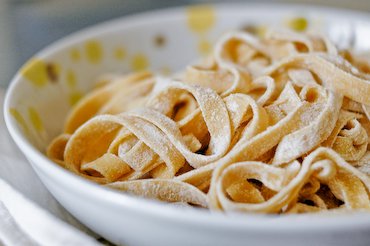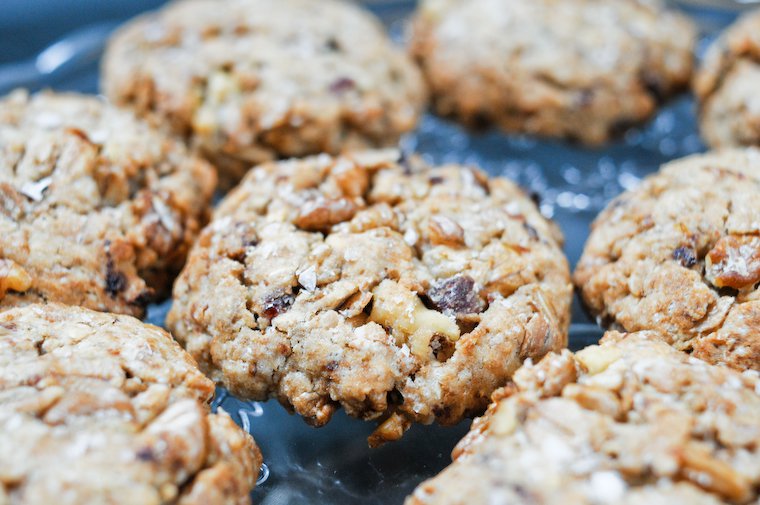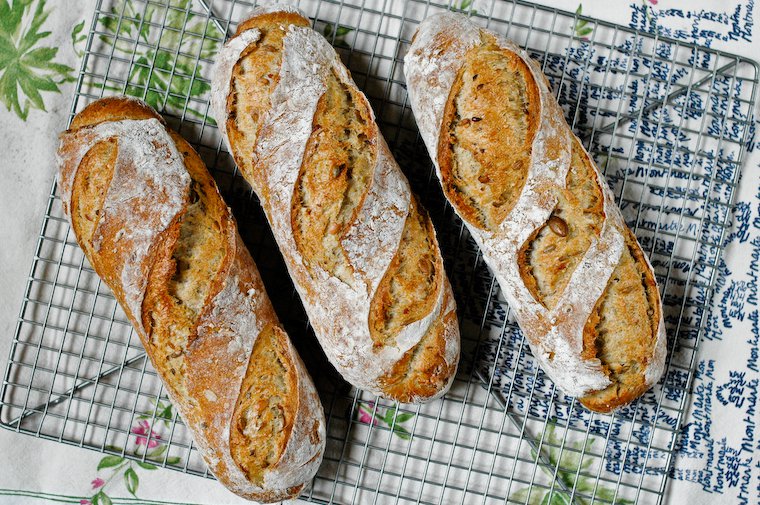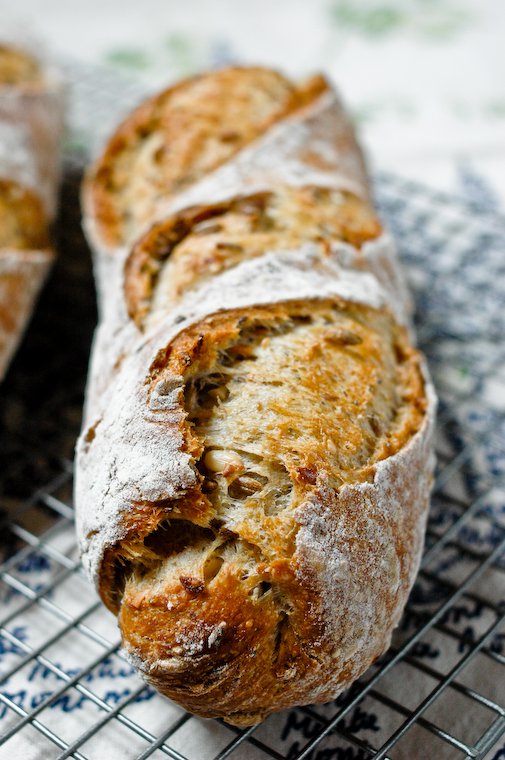
When I was little, when my sister and I felt desultory and bored, my mother would sometimes make us a batch of salt dough for modelling. We would sit at the small folding table in the kitchen and squeeze and roll and pinch to our hearts’ content. And although my sister’s creations were invariably more delicate and life-like than my own, I remember I once proudly produced a full range of miniature fruits and vegetables that tasted shockingly salty when you applied your tongue on them (it was irresistible).
In retrospect, I am quite impressed by my mother’s ability to whip up a perfectly pliable pâte à sel in what felt like minutes, then bake our figurines in the oven without them burning or cracking, at a time when there was, naturally, no Internet to turn to for guidance*. I don’t remember there being a book of “fun stuff to keep the kids out of your hair” lying around either, so I chalk it up to motherly magic.
In any case, the memory of these childhood episodes was awakened when I first tried my hand at homemade pasta sometime last year, using a newly acquired pasta roller accessory for my stand mixer.
Pasta dough is the most pleasant dough the cook is ever given to handle, silky smooth and wonderfully cooperative, and letting it glide through the cylinders of the pasta roller and onto the palm of your flattened hand, to be folded and fondled and cut into any number of pasta shapes truly feels like child’s play.
The pasta dough recipe I use is based on the formula Michael Ruhlman shares in his Ratio book, a title you should definitely add to your wish list if it’s not already standing on your kitchen bookshelf. He gives a ratio of 2 parts egg to 3 parts flour for his pasta dough, and I’ve used it with good success. I like to substitute fine semolina flour for part of the flour, to give the pasta a little more substance and chew, and I add some salt as well, for a more even seasoning in the finished dish.
Although you can play around with this recipe and add flavoring or colorings to the dough — squid ink makes for a fetching presentation — I concur with Michael Ruhlman when he writes that “unlike flavored breads, which we eat with little adornment, pasta is usually dressed somehow, so you should have a good reason for flavoring your pasta dough, rather than adding the flavor after you’ve cooked it.”
I mentioned above that I invested in a (second-hand) stand mixer accessory to support my pasta-making ambitions, but a hand-cranked one works well too, though most people find it necessary to have someone land a third hand, at least when they’re starting out. Either one of these tools would make a generous gift idea for the culinary-oriented on your list.
What you can do without, however, is a drying rack: I’ve learned from my friends at Hidden Kitchen that wooden clothes hangers do the trick just as nicely — just remember to wipe off the flour before you put your black suit pants back on them.
* I imagine in the near future such a statement will elicit disbelief in young children, who will ask, “Really? There was no Internet when you were growing up?” and I will feel a million years old.









